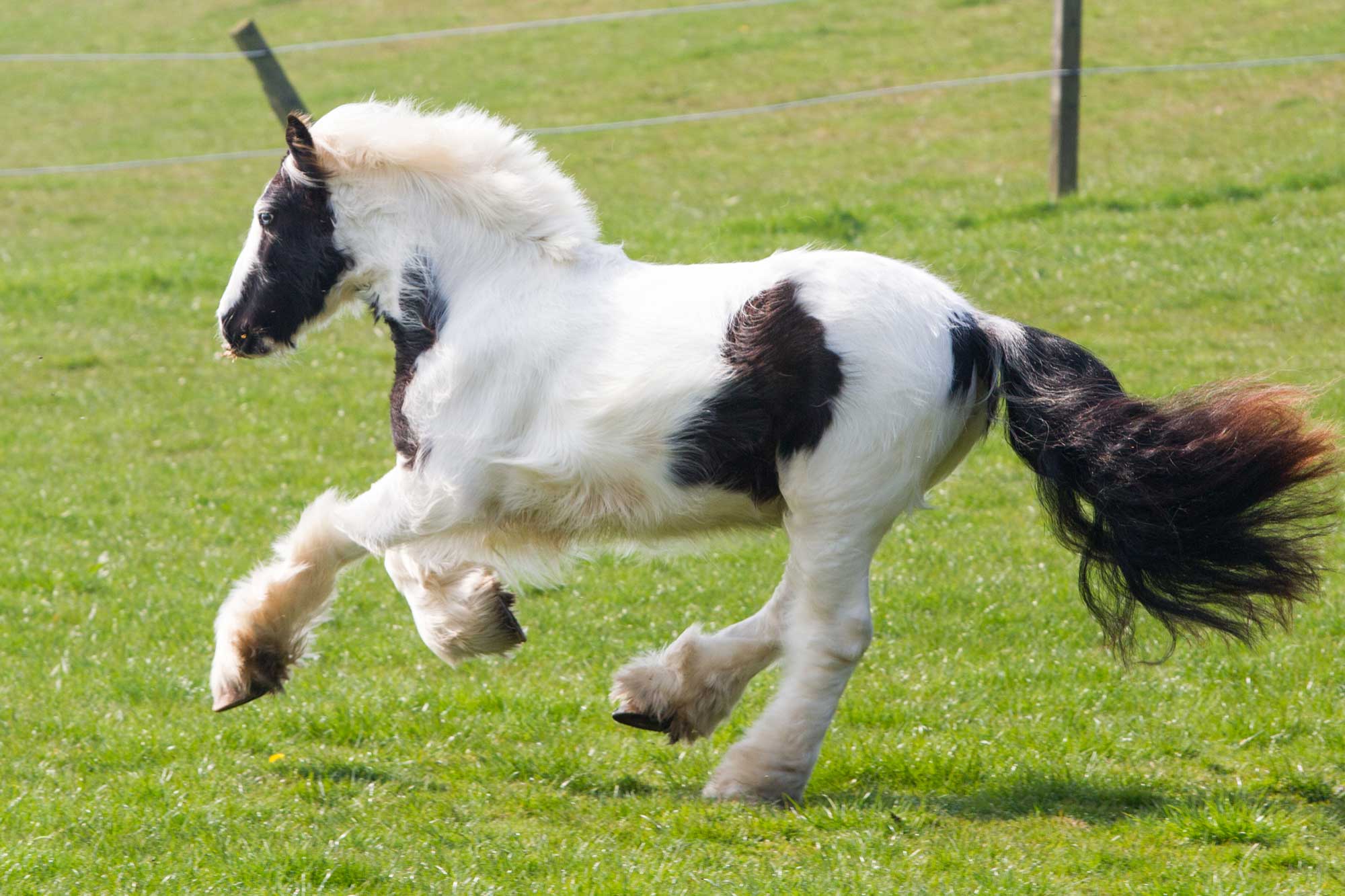What internal parasites can my horse get and how can I manage them?
Horses, ponies, donkeys and their hybrids can have a variety of internal parasites throughout their lifetime. While having a low parasite burden will have little or no negative effect on a horse’s health, a high parasite burden can cause serious health problems if left untreated.
To reduce the risk of horses developing a substantial internal parasite burden, every yard and/or horse owner needs to follow a sustainable pasture management plan, regularly test e.g., faecal worm egg counts (FWECs) and saliva testing, and practice targeted de-worming to help stop the growing resistance worms are developing against the drugs we use to manage them.
There are a range of internal parasites that can affect horses in the UK. These include:
- Small redworms
- Large redworms
- Tapeworms
- Roundworms
- Pinworms
- Lungworm
- Liver fluke
- Bots (Gasterophilus fly larvae)
The following guide contains further information on each of these parasites including:
- Identifying different types of intestinal parasite
- The damage they can cause
- How to test for, diagnose and treat internal parasites
Equine internal parasites and how to treat them

This guide provides information on:
- Identifying different types of intestinal parasite
- The damage they can cause
- How to test for, diagnose and treat internal parasites
How can I reduce the risk of my horse developing a significant parasite burden?
To manage worms effectively, good pasture management is key. This includes regular poo picking to prevent contamination of fields as well as good muck heap management.
You should also use a targeted approach to de-worming. You should test, (using FWECs, saliva tests and blood tests), each horse before making the decision to de-worm them. The test provides an estimate of how many eggs are present and identifies the type of parasite eggs the horse is shedding in their droppings to allow treatment of those horses who need it. You can use our Annual Horse Health Plan to help you put together a targeted de-worming programme.
‘Blanket’ de-worming has resulted in some parasites becoming resistant to many of the drugs that we use. This could mean that, in the future, we may reach a point where all worms are resistant to the de-wormers available. If this happens, we will not be able to effectively de-worm our horses with severe – and potentially fatal – consequences. This makes it even more important to look at other ways you can control worms in your horses, starting with targeted de-worming programmes. To determine your horse’s risk profile, why not check out the CANTER’ risk tool.
How does pasture management help with worm control?
The worms that end up in our horses come from ingested from grass in their pasture or soiled hay. A redworm can develop from an egg in a dung pile to the larval stage in just five days. In dry conditions, it can travel a metre in that time but in wet weather they can travel up to three metres. Wet, mild weather just helps worms to spread further, making it even more important to remove droppings regularly in such conditions.

See our Pasture management for horse paddocks guidance for more information on how to reduce the number of worm eggs in your pastures.
How do I worm my horse correctly?
Key points to remember:
- Weigh your horse before you de-worm them to make sure they get the correct dose. You can use a weigh bridge to obtain their exact weight, but using a weigh tape will give you a good enough estimate. If you use a weigh tape, you should add 10% to the weight shown by the tape.
- Make sure all the de-wormer goes down the horse’s throat – tilt their head up after you have given the de-wormer to stop them spitting it out. If your horse spits out even a small amount, the dose received can be significantly lower than needed. This increases the risk of resistance.
- If you’re not confident de-worming your horse, enlist help from someone experienced. If you have not de-wormed your horse before or are not sure how they react, you can also practise with a clean, empty syringe to help them prepare. For more information, we have created a step-by-step guide on how to administer de-wormers and provide oral medication.
- If you have further questions about your parasite control programme and how to use de-wormers within that, contact your vet or another Suitably Qualified Person (SQP)/Registered Animal Medicines Advisor (RAMA).
If you suspect your horse may have a significant worm burden or they are showing clinical signs of disease, please call your vet straight away. If you rescue, rehome or buy a horse without knowing their health/de-worming history, you should keep them isolated until they have been tested, and if necessary treated, for a worm burden.
In addition to the parasites guide above, we have additional information on redworm infection, also known as cyathastomiasis.
Fast Facts guide to Cyathostomiasis

This Fast Facts guide includes:
- Causes of cythastomiasis and how to diagnose the condition
- When to call the vet and treatment options
- Prevention strategies
Popular advice in Health

Mites: how to treat them in horses
Find out how our experienced teams tackle this itchy problem in affected horses and ponies.

Sweet itch
Sweet itch is one of the most common allergic skin diseases affecting horses in the UK - learn how to prevent and manage it.
Other advice categories
All webinar categories:
Call our Advice Line
+44 (0)1953 497 238Not found the advice or answer you were looking for here? Then our Advice Line is available during office hours, or you can email us on education@worldhorsewelfare.org to let us know what topics you were looking for.


